In the last post I shared how a French edition of Dov’s book Agricultural Prosperity in Dry Africa became a top priority. So you may be wondering why it took almost 2 years to create Prospérité Agricole en Afrique Sèche. Well, when you have multiple top priorities, limited staff and little money to work with, things just take longer than you expect. Making matters worse, we knew nothing about how to create and publish a book. So we had to learn.
Step 1: Create an accurate French translation of the English. No doubt we could have hired a professional translator to do the job. But that would be costly. So, the next time Robin Mednick and I were in Niger, we asked our best English-speaking friend, Gaston Kaba, if he would make the initial translation. “An honor,” Gaston said, “but it may take me awhile.” “Take whatever time you need,” we said. “And don’t worry. We’ll have the editor’s French team review your work and tighten up the wording wherever needed.”
Several months later Gaston sent us his translation which we turned over to Contento’s French translation team for final editing. They sent back their corrections but when we opened the files sentences were mangled, and the formatting was often bizarre. Turns out when you use a Hebrew edition of Word, strange things can happen. Plus several members of our Niger team had earlier versions of Word which further compounded the problem. Suffice it to say, we lost several weeks before we had a final translation of the text we all felt comfortable with.
Step 2: Create a final layout. Dov’s book contains over 50 photos and charts which must be integrated with the text to create a final layout. We toyed with doing this ourselves. But no one in our universe was familiar with layout software and we worried, especially after our experience with gremlins in the Word document, that this could be a challenge for even an experienced layout pro. So, when Judy and I were in Israel this past October, we met with Contento and agreed on a price for them to produce the final layout. We also said we were leaving on our next trip to Africa in late January and wanted to bring copies of the French edition with us for meetings with key partners. “We’ll do our best,” the publisher said.
Sure enough, on December 8th the publisher sent a 262-page layout of the book for our final review. We shared copies with our Niger team, with Robin in Canada, and with EPN’s proofreader-in-chief (aka Judy). Judy has the innate ability (she calls it the proofreader’s curse) to spot every undotted “i” and uncrossed “t.” She and the Niger team spent the next few weeks meticulously reviewing the layout. They found numerous disparities between the text and layout in English and French. It took a while to discover that, in fact, there were 2 versions of the English book. After its initial publication, Dov had created an updated edition – adding and deleting passages to create something he was happier with.
By the second week of January we turn over our “new final” version of the text. Now timing is getting really tight. The publisher must layout 262 new pages, return them to us for final approval, print initial quantities, and ship them to New Jersey before we leave for Africa on January 30th. Impossible? Almost!
Step 3: Publish the book. On Friday, January 24th we receive the final layout from the publisher. On Saturday, January 25th we give the publisher our thumbs up. On Sunday January 26th the first 10 copies are printed in Israel and the French edition of Dov’s book is officially born!! Now we just need to airfreight them from Tel Aviv to New Jersey in time for our flight on Thursday, January 30th. Should be no problem, right? WRONG!
In a third post I’ll share the final heroics needed to deliver Prospérité Agricole en Afrique Sèche to Niger in time for our February meetings.
Professor Dov Pasternak greeted by devoted village women farmers


